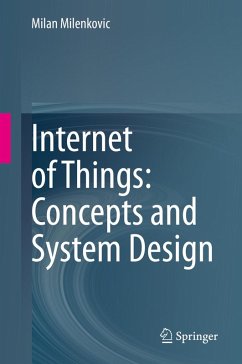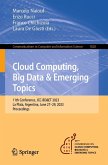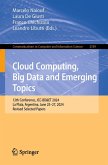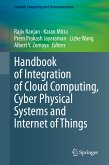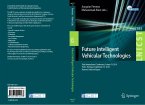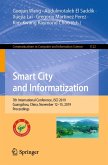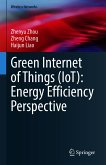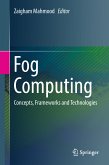Written in a reader-minded approach that starts by describing the problem (why should I care?), placing it in context (what does this do and where/how does it fit in the great scheme of things?) and then describing salient features of solutions (how does it work?), this book covers the existing body of knowledge and design practices, but also offers the author's insights and articulation of common attributes and salient features of solutions such as IoT information modeling and platform characteristics.
- Comprehensive and balanced coverage provides a rounded and solid foundation for students and practitioners to build upon when designing IoT systems and components, and to confidently evaluate their options when choosing components and partners/vendors to complement their solutions
- Reader-minded approach: starts by describing the nature and significance of issues and problems so that readers are better motivated to understand solutions, including why they matter, where they fit, and how they work
- System-first approach: starts by describing the big picture and how the overall system works so that readers can interpret subsequent in-depth topical coverage in context
- Systems aspects and integration: in addition to describing the functional and foundational aspects of all major IoT system components, the book emphasizes integration throughout, i.e. how the components and building blocks are combined to create complete IoT systems. This is in contrast to most alternative approaches that tend to describe piece parts as independent isolated topics, without much guidance on how to put them together
- Emphasizes IoT data and information modeling, interoperability and the related standards. Data interoperability is viewed as a key technical requirement for IoT
Dieser Download kann aus rechtlichen Gründen nur mit Rechnungsadresse in A, B, BG, CY, CZ, D, DK, EW, E, FIN, F, GR, HR, H, IRL, I, LT, L, LR, M, NL, PL, P, R, S, SLO, SK ausgeliefert werden.

